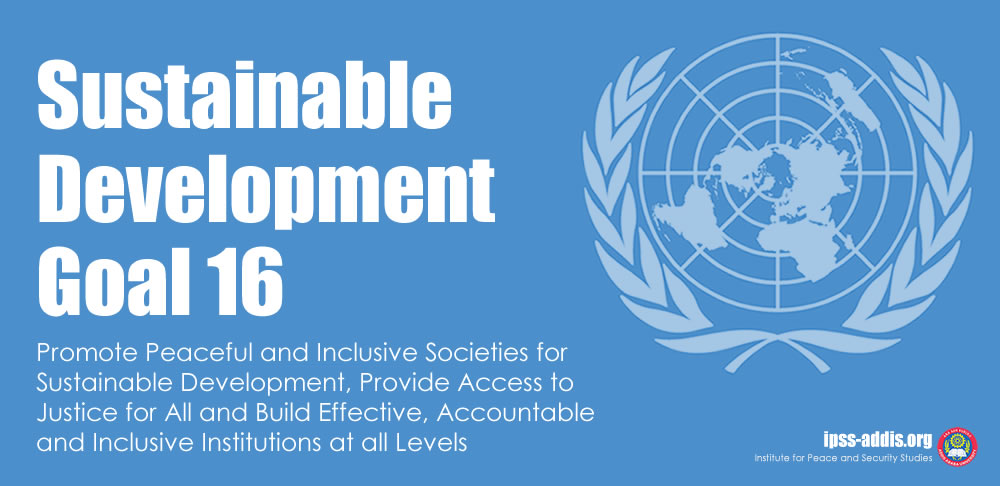Understanding Peace, Justice & Strong Institutions SDG16

Shaziya Shaikh is a SyBMM student at St. Andrew’s College, Bandra. She is an aspiring journalist, and creative writer as well. She believes in improving oneself to become better and better in all stages of life and that life has a deeper meaning to everything, just because we cannot see it does not mean it doesn’t exist.
Understanding Peace, Justice & Strong Institutions
Sustainable development Goals (SDGs) are a follow up to the previously undertaken Millennium Development Goals (MDGs), after their 15-year long period was completed. As these goals are to help to deal with the world issues on a larger scale, all the member states frame their agenda based on these goals in order to achieve the set targets within the period from 2016 until 2030. The Open Working Group set up by the UN having representatives from about 70 countries framed the SDGs, which then the UN General approved.
The SDGs consist of 17 goals all of which are for the upliftment of the masses, better living conditions with equal opportunities and access to justice, concern for other living creatures and earth’s health.
Goal 16 says, ‘Promote peaceful and inclusive societies for sustainable development, provide access to justice for all and build effective, accountable and inclusive institutions at all levels’. The goal has 12 targets to achieve until 2030, each diving deeper into the problem in order to create better opportunities to overcome the issue.
Reducing the rate at which different types of violence occur around the world and reducing the death rate too which is valuing the human life is the first target.
The second target is to put a stop to the endless exploitation of children in most inhuman ways. It brings the need to end the vicious cycle of trafficking and physical, emotional and sexual abuse.
Justice is often unreachable to the needy. Strengthening the law at national, international level and most importantly at the grassroot level along with access to justice takes up the third place in the targets.
The effects of broken law and the lack of justice promotes the flow of illegal money and arms with innumerous acts of robbery. To recover from these losses and the return of valuable stolen assets by 2030 formulates the fourth target.
Bribery and corruption being the root causes of dysfunctional law systems leads to the fifth and sixth targets of getting rid of both and promoting transparent, effective and accountable institutions.
Further, to ensure the betterment of the country’s citizens and to make sure that their needs are not being ignored in any way, a responsive, inclusive, participatory and representative decision-making at all levels is important which is the seventh target.
Encouraging the developing countries to strengthen their presence and participation in the institutions of global governance is the eight target.
The registration of births in all countries gives a legal identity to the citizen of a country ensuring him/her of their rights and duties towards the country, and therefore providing a legal identity to all citizens by 2030 is the ninth target.
Lately, the need for citizens to have information about the government’s efforts for the public and the country as well as the protection of fundamental rights inclusive of national legislation and international agreements is recognised and therefore stands at tenth position.
The eleventh target is to help develop national institutions that work to fight against terrorism, violence and crime along with providing them with international assistance.
For overall development, non-discriminatory laws and policies are the core need and so the promotion and enforcement of the same completes the twelve targets of SDG 16.
The Sustainable Development Goals have guided 193 member states of the United Nations to create agendas and political policies accordingly. All these countries are working towards similar targets in different degrees since each country is very much different from the other in accordance to their culture and heritage. The need to bring safety to humans from the evils of humans themselves like terrorism, corruption, human trafficking, sexual abuse and much more has brought them all together and these goals are helping to keep them on the same page. The anticipated change by 2030 will be a result of all the goals working together as each stands as a support to each other.


